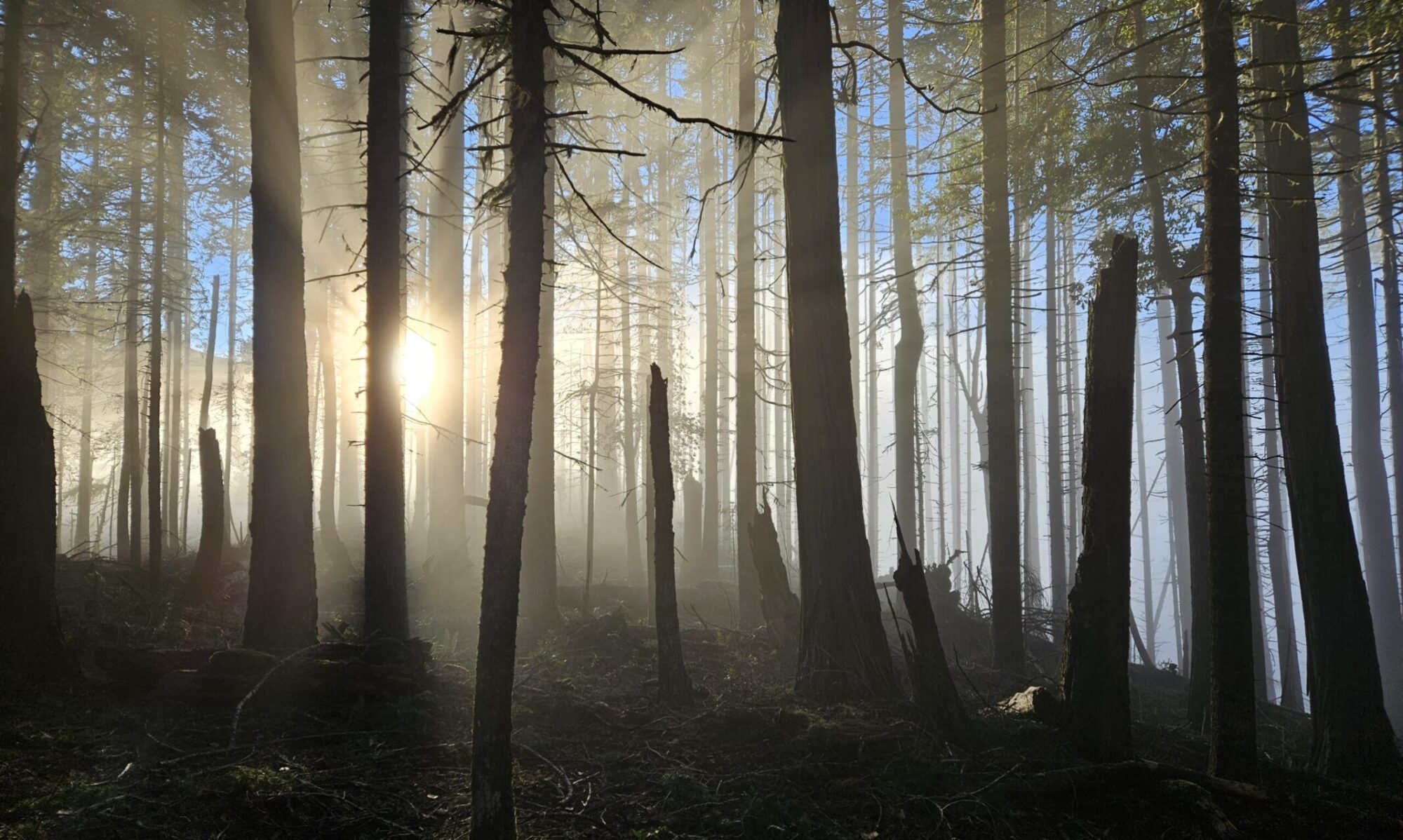In 1960, my grandmother, Margaret N. “Peg” Palmer, founded the Pacificulture Foundation. She and my grandfather ended up in southern California near the end of the second world war, when my grandfather was stationed there to prepare for a ground invasion of Japan. The prospect of her beloved husband, just returned from combat in the European theater, not just going back to war, but invading Japan, horrified my grandmother, who had admired Asian art and culture for years. The ultimate conclusion of the war, with atomic bombings that killed thousands of civilians, was hardly less distressing.
In the years after the war, my grandmother, like many people around the world, was determined to promote world peace. She thought the most effective way to do this was to encourage intercultural exchange and build mutual respect through a shared appreciation of the arts. And she fell in love with the “Treasure House” built in Pasadena in the 1920s by another talented, curious woman, the anthropologist and art dealer Grace Nicholson, and determined to preserve it as a cultural and arts center.

The courtyard of the Nicholson Building, as shown in the 1976 nomination document that listed it on the National Register of Historic Places.
In 1971, the Pacificulture Foundation opened in the Nicholson Building, programming exhibits, talks, and children’s education focused on the arts of the Pacific Rim. In 1987, the institution dropped the “Pacificulture” name and became the Pacific Asia Museum. My grandmother served multiple terms on the board, from the 70s through the first years of the new millennium. In 2013, the museum was taken under the wings of the University of Southern California, becoming one of the only museums of Asian and Pacific art and culture within a major US university. It remains open today as the USC Pacific Asia Museum.
My grandmother passed in 2015, at 99 years old, and I know she’s proud that the institution she founded carried on — and that so many of us in the family, each in our own ways, remain active in cultural and community-building work.
And me? I grew up wandering in and out of my grandmother’s museum, in a family that prioritized intercultural exchange, and went on my first archaeological dig when I was 14. I earned degrees from the University of California, Berkeley and the University of South Carolina. In the years since then, I’ve worked on cultural heritage projects throughout the Pacific West, spending most of the last two decades in Oregon and Washington.
I’ve worked in some wonderful places, from Victorian mansions to old growth timber, representing private clients, a state agency, Tribal governments, and heritage nonprofits. I’ve identified and documented hundreds of special places, and coordinated with project managers, technical staff, and specialists from multiple disciplines to manage them in ways that reduce impacts, control costs, and produce outcomes people can live with. And I work within and across cultures, because I believe, like my grandmother did, that in building these connections we build peace and community.
If that sounds like what you need, let’s talk.
